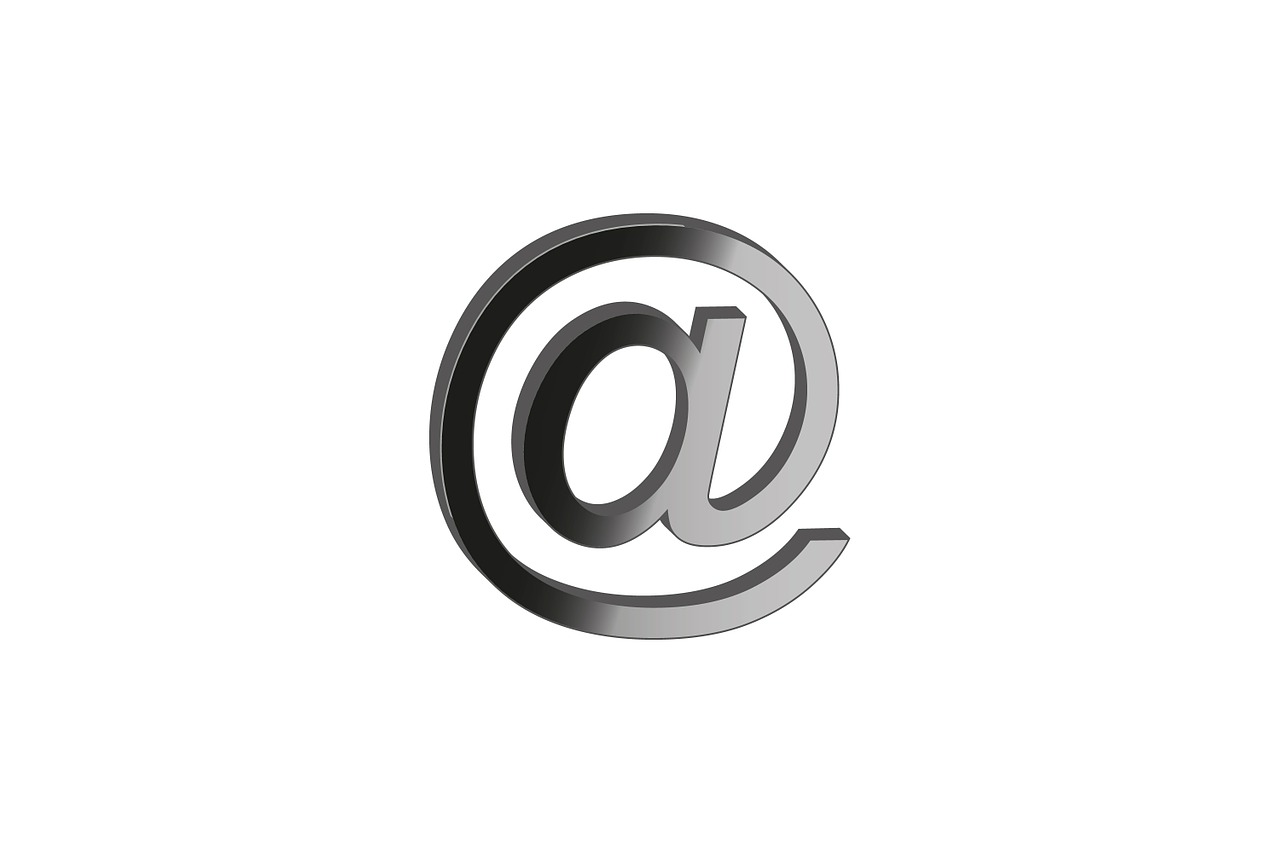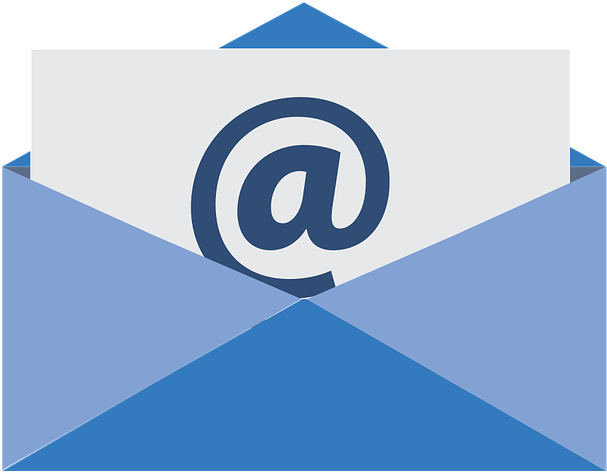They are the most ubiquitous contact channel on the web – [email protected], [email protected], [email protected] – contact emails.
Emails are fairly simple. Customers know how to use them, businesses have playbooks and tools for responding. There’s an established routine.

Email. It’s so… gray
However, everyone also complains about email; There’s too much of it. People can’t get to all of it. They’re not sure how to respond to some of it. They feel stressed about their inbox. Email doesn’t make anyone feel good.
When a customer has to send your business an email, they may be quick to click on the email address instead of a form, but not so quick to complete and send.
Some reasons for uncompleted contact emails to business:
- Requires thinking of a subject line. Thinking = work = higher likelihood of bouncing or delaying for later.
- Requires a relatively significant amount of writing. Emails have a certain expected format: a greeting, an intro line explaining what you’re writing about, a question, sometimes an explanation why you’re asking, then a goodbye greeting, and a name. This takes longer to write than texts, requires even more thinking, and on a mobile screen is taxing on the eyes.
- Worries about privacy/spam. Due to some bad actors who abuse emails, customers are weary of exposing their email address. It may be sold or used to spam them in the future. Instead, they either give up or they use a secondary email for all their commercial transactions. The problem is that they don’t check that email often. If open rates in primary emails are low (under 20%), in secondary emails, they’re miniscule.
- Don’t want to wait. Email is not real time. It’s not even close. If the customer needs an answer now before they buy, they’ll browse elsewhere.
- They don’t use email. Seems strange but there is a actually a large group of people who don’t have an email address or rarely/don’t use theirs. These include older generations who retired and never used email at work and very young populations who aren’t in the working world yet and may only have a school email address. In fact 15% of American adults don’t use internet or email (Pew Research). That’s 38 million Americans! Look around you: Grandpa and grandson text with each other but they don’t email each other.
For businesses, emails are quite a time sink as well, especially when considering the likelihood that they will actually be opened. Inboxes are full, customers forget, they find something else by the time you reply, or simply your email goes to die in the spam filter or offers tab. Less than half of emails get opened. This significantly reduces the ROI on the time your employees spend responding to emails.
Should You Get Rid of Email as a Contact Channel?
Not at all. There will always be customers excited enough about your offering to email. There’s no reason to stop them. However, for those who won’t or can’t email, businesses need to offer other options. One of the easiest, most affordable, and most scalable of those is text messaging. Anyone can use it, it’s quicker to reply to than email, and with tools like Message Mate it’s also safe because the personal phone numbers of all conversation participants are kept private. Try it out for your business with a 14 day free trial.

